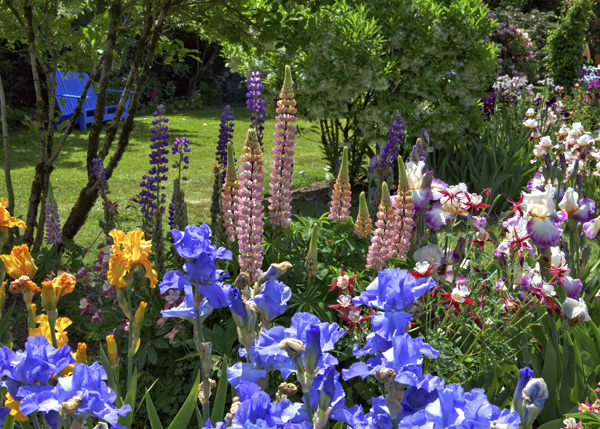The English-inspired cottage garden is a wonderful way to create a loose, flowing, eclectic landscape that attracts lots of wildlife, especially various bird and beneficial insect species. While this type of landscape screams variety, there are five plants that are especially desirable in the cottage garden.
Coralbells are tiny pink, red, or white flowers that grow in large dense masses up to three feet tall. They’re a favorite of hummingbirds, and grow well in part shade and well-drained soils in zone 4 through 8.
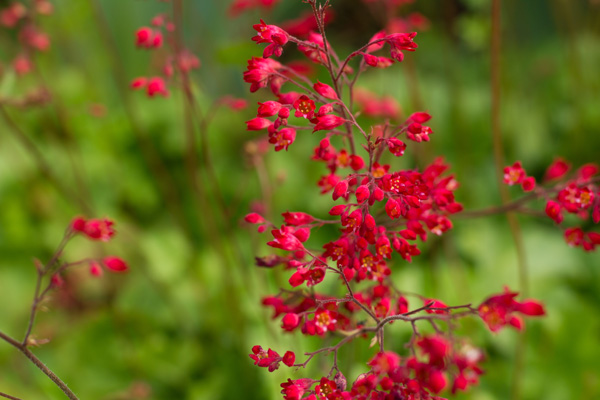
Daisies are well loved by many garden enthusiasts for their simple, classic look and easy care, growing in full sun to part shade and well-drained soils in zones 4 through 8. Daisies, with their bright white petals surrounding a sunny, yellow center, look charming in any garden, but especially the cottage garden.
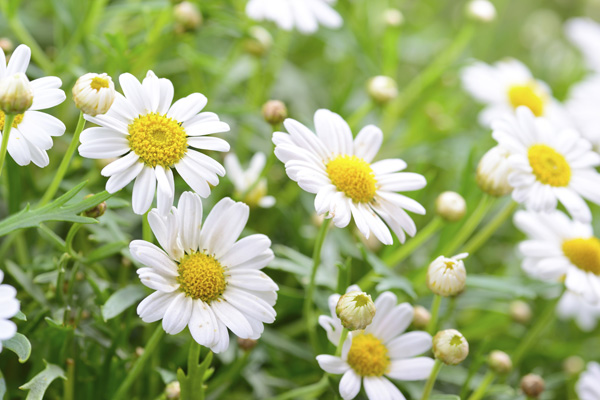
Delphiniums, with their confident, upright posture, are the royalty of the cottage garden. Growing as spires up to one to six feet tall, plants in the Delphinium genus come in shades of blue, purple, pink, and white. They’re happiest in full sun to part shade and well-drained soils, however they should be staked in areas of high wind, to keep them from damage.
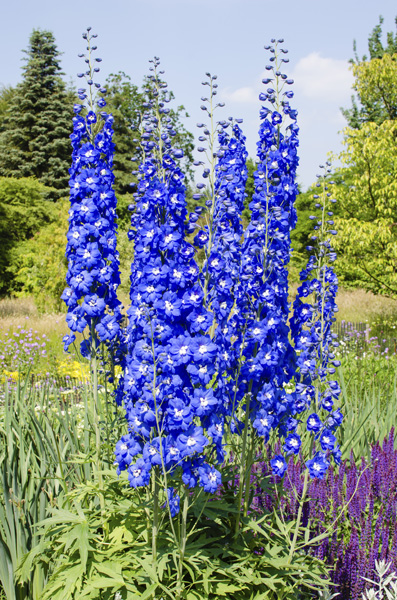
It’s hard to resist the sweet smell of Dianthus flowers that appear as cascading mounds of red, pink, and white throughout the garden. Full sun and well-drained soil are all that’s needed to keep these plants happy and healthy in zones 3 through 10.
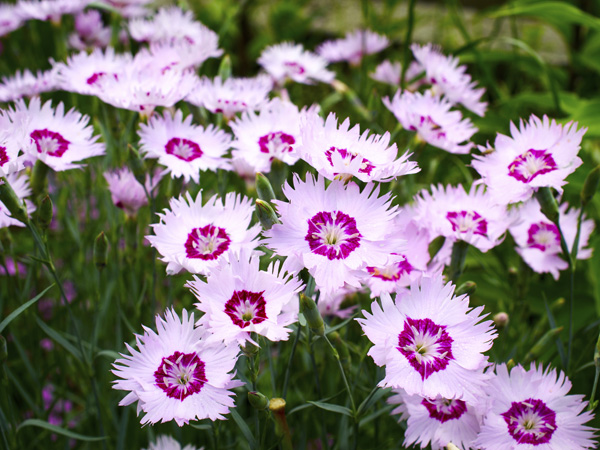
A cottage garden without lavender is like a succulent garden without rocks – there’s just something missing. Hummingbirds and bees flock to the fragrant, purple flowers and stalks of this easy-to-grow plant. Raise them in zones 5 through 8, in well-drained soil and full sun, and they’ll return the love in healthy doses.
